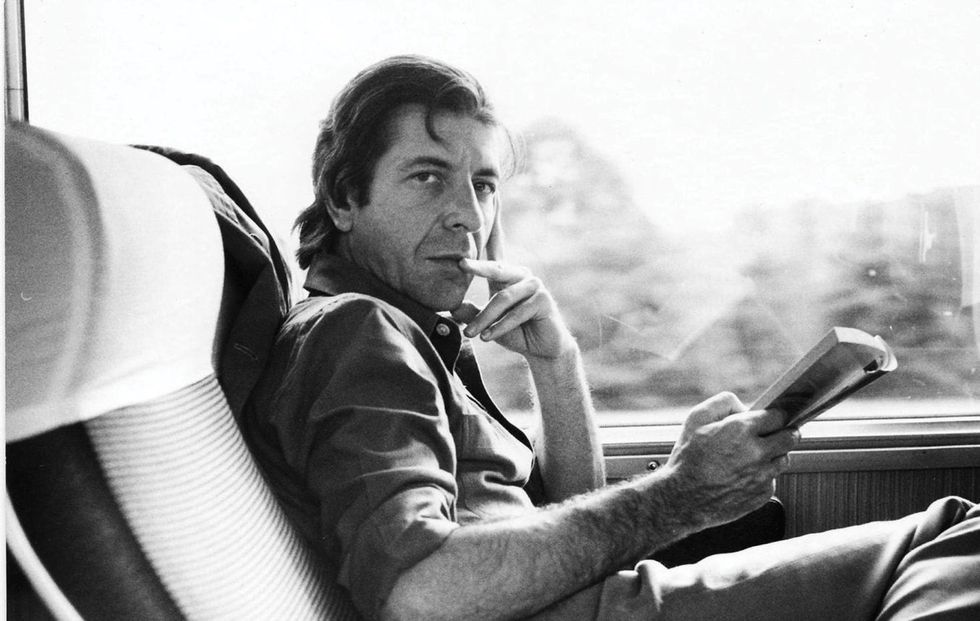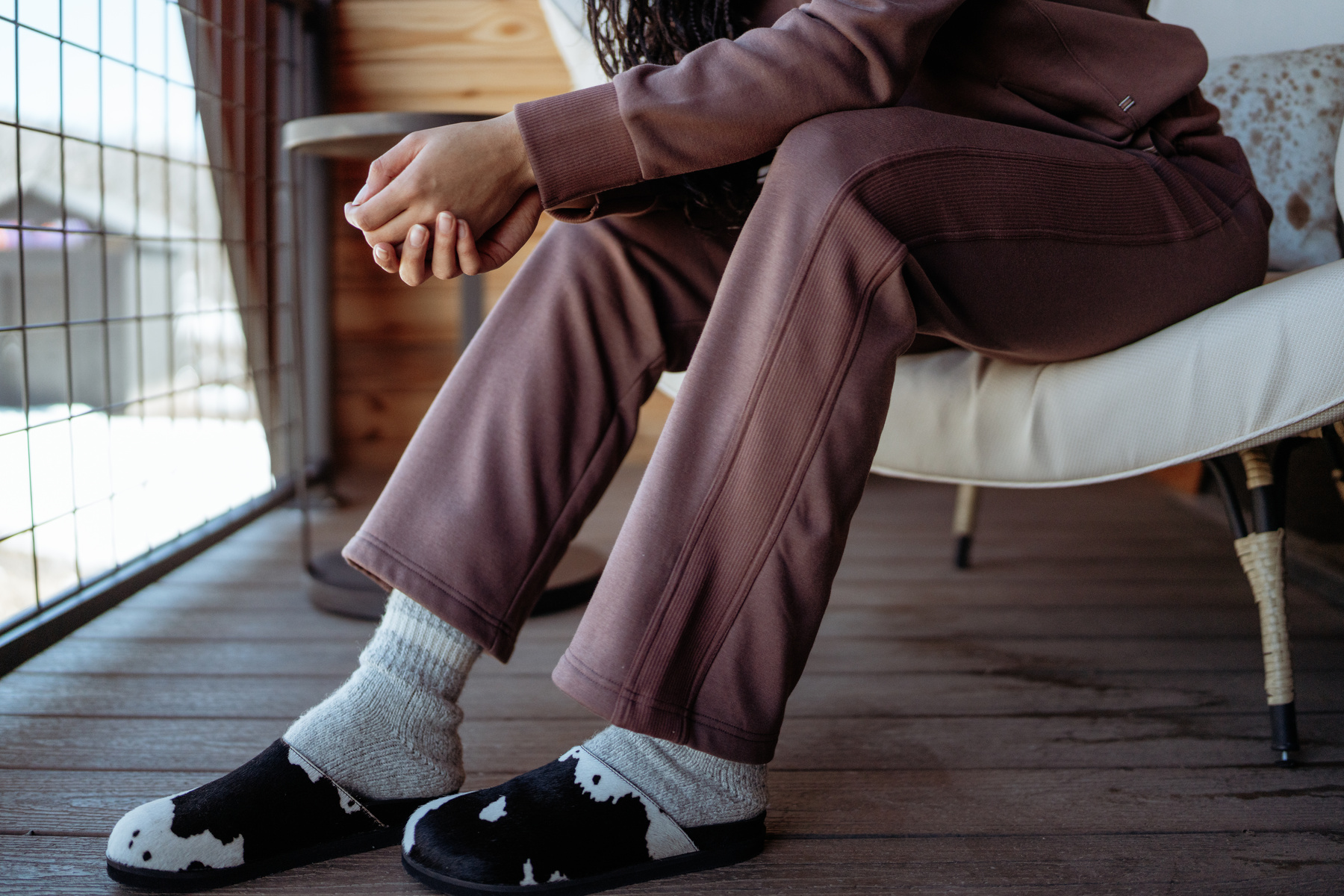Music
Leonard Cohen Brushes with the Sublime on “Thanks for the Dance”
26 Nov, 19

Leonard Cohen
Listening to Leonard Cohen’s posthumous album, Thanks for the Dance, feels like driving to the edge of the earth.
Maybe to Montauk, or maybe to the end of the mind, reaching Wallace Stevens’ palm tree with its fiery bird signifying the very edge of life, the point where this world meets the others.
Cohen made the songs on Thanks for the Dance (which was compiled and released by his son) while on the edge between death and life. It’s as poetic and mystical as you would expect from the late bard, whose songbook includes “Hallelujah” and “Bird on the Wire,” among others. In some ways, it’s ugly—his voice is so low, almost painfully hoarse—but Cohen was never one to shy away from the ugly or the lost. Instead, he made his life out of sitting in the heart of those emotions, the things that most of us block out and fear.
Cohen was famously discontented. He was a perpetual seeker, relentlessly interrogating God and the world around him. What he found at the end of his searching was darkness, but Cohen was always the kind of artist who knew how to find the cracks in that darkness, the strains of light in the unanswerable questions.
As it turned out, there was an ending point to Cohen’s seeking. On “Thanks for the Dance,” we hear him finally releasing, throwing his hands up to the night. “So turn up the music, pour out the wine. Stop at the surface, a surface is fine,” he says. “We don’t need to go any deeper.” It’s a place of acceptance—acceptance that he would never reach the enlightenment or spiritual heights or even the happiness that eluded him.
In its darkness, the album is painful and gloriously beautiful at the same time. The magnificent “It’s Torn” is simultaneously subdued and euphoric. “The lie in what’s holy, the light in what’s not,” Cohen whispers; it could be an additional lyric to “Hallelujah.” “The Goal” ascends even higher; Cohen’s stony, subterranean mumblings are shrouded in Flamenco guitar, which flickers through like light through a stained glass window. The lyrics are cathartically hopeless, and listening to that song feels like throwing your arms up and dancing as the world explodes. Or maybe it sounds like singing at the end of your life, which, of course, Cohen was.
On “Puppet,” his eyes look outwards, over the wars he witnessed during his life and the wars he saw coming in the distance. “Puppet me / puppet you,” he sings. “Puppet German, puppet Jew.” A choir enters. “Puppet presidents command / puppet troops to burn the land.” At the edge of his life, Cohen saw the insubstantiality of the shadows on the walls. Because he had to write, he gave us something rare: a window into the world beyond those shadows. He spun the unseeable into something we can see, if only in the dark.
Listening to Thanks for the Dance feels like reading a holy, secret text; it’s almost too strong to take in all at once, but that was Cohen’s way. If there was one thing he did not do, even in death, it was suppress the unquenchable creative force within him, the light that kept burning in spite of everything.
- Popdust’s Top 20 Albums of 2016 – Popdust ›
- Hear Pink Floyd’s David Gilmour Cover Leonard Cohen – Popdust ›
- Leonard Cohen: Thanks for the Dance review – a sublime final … ›
- Leonard Cohen – Happens to the Heart (Official Video) – YouTube ›
- Leonard Cohen’s ‘Thanks for the Dance’: Album Review – Rolling … ›
- Leonard Cohen – Thanks for the Dance (Official Audio) – YouTube ›
- Thanks for the Dance: posthumous Leonard Cohen album announced ›
- New Leonard Cohen Album Thanks for the Dance Announced … ›
- Leonard Cohen ‘Thanks for the Dance’ Album Review – The Atlantic ›
- Leonard Cohen: Thanks for the Dance Album Review | Pitchfork ›
- Leonard Cohen Gives ‘Thanks For The Dance’ From Beyond The … ›














